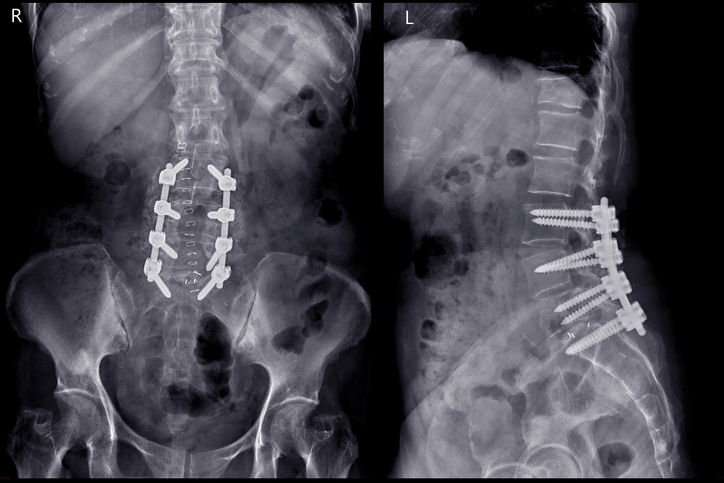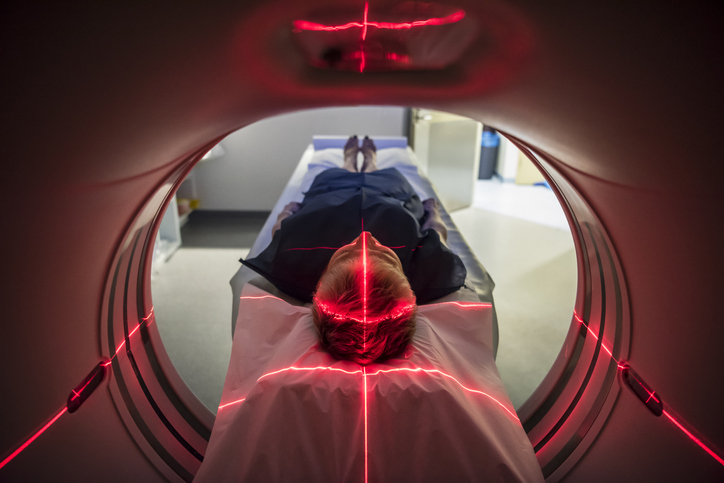Pain
Arachnoiditis vs Failed Back Surgery Syndrome

Failed back surgery syndrome is a generalized term used after a person has back surgery, and the surgery simply did not provide the intended result, such as reducing pain or increasing mobility. It is an umbrella term that is used for many medical conditions when back surgery does not produce the intended results.
Arachnoiditis is a rare complication of spinal surgery or invasive spinal procedures, such as multiple lumbar punctures. It is included under the umbrella term of failed back surgery syndrome. Many people (the percentage is unknown) who have been given the diagnosis of failed back surgery syndrome may actually have arachnoiditis and should consult a health care provider for a proper diagnosis.
Arachnoiditis is a pain condition caused by inflammation of the arachnoid membranes that protect the nerves of the spinal column and brain. The inflammation causes scar tissue to form causing pain. Sometimes, arachnoiditis develops after an individual has had spinal surgery because scar tissue forms near the nerve root. However, surgery is not the only cause of arachnoiditis. It can be caused by infection, trauma or chronic compression of the spinal cord. It can also be chemically induced. The radiographic contrast media (dye) once used in myelograms is thought to be a cause (it is no longer used). Also, the preservatives found in epidural steroid injections are raising concern as a cause of arachnoiditis.
Undergoing surgery that is not successful or causes complications is very distressing. Living with chronic pain can cause not just physical pain but can also affect an individual's mental well-being. Individuals with chronic pain are encouraged to join a support group or find a competent mental health counselor to help manage their chronic pain symptoms.

















